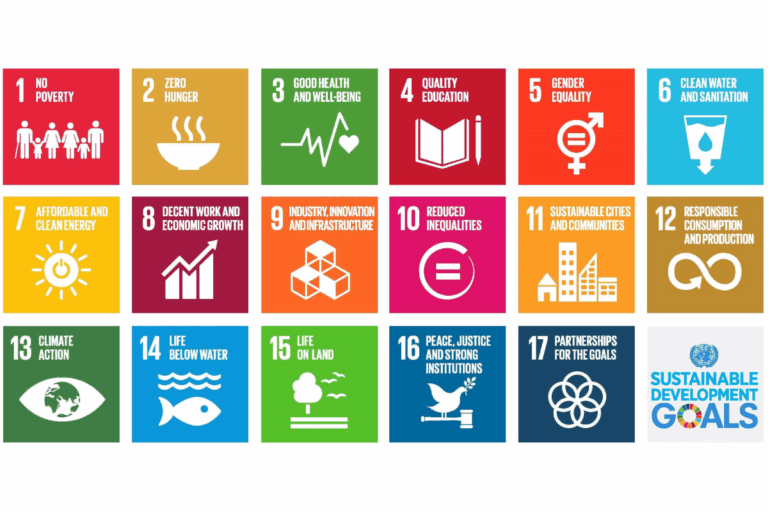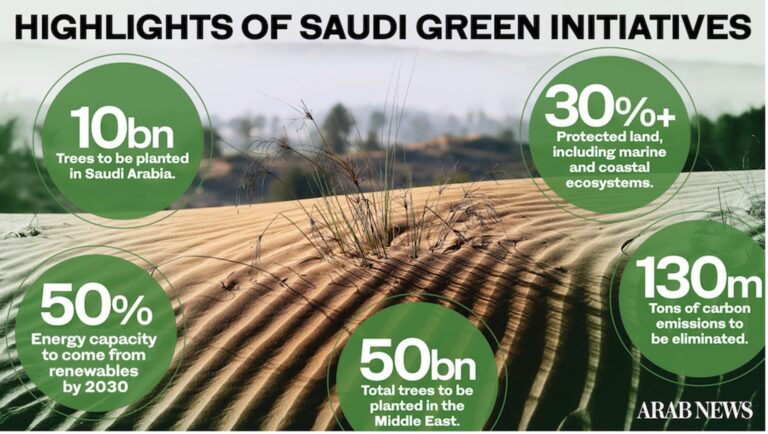
Environmental Engineering in Saudi Arabia: Staterra’s approach to sustainable development
Are you struggling to navigate Saudi Arabia’s complex environmental regulations? Delays in environmental permitting can set your project back by months, or even years, costing millions in lost revenue and opportunities. But there’s a better way.
At Staterra, we’ve pioneered an approach to environmental engineering that not only ensures compliance but accelerates your project timeline whilst supporting Saudi Arabia’s ambitious sustainability goals as part of Saudi’s Green Initiative for 2030.
Our “Beyond Compliance” philosophy has helped industrial leaders across the Kingdom transform regulatory requirements from obstacles into strategic advantages.
What is Environmental Engineering in the Saudi context?
Environmental engineering in Saudi Arabia represents the critical intersection of scientific principles, regulatory expertise, and sustainable development practices. Unlike traditional engineering disciplines, environmental engineering adopts a holistic approach that considers both immediate project needs and longer-term potential environmental impact.
The Kingdom’s rapid industrial expansion under Vision 2030 has created unique environmental challenges requiring specialised expertise. From Jubail’s petrochemical complexes (Sadara) to NEOM’s futuristic development, each project faces distinct environmental considerations that must be addressed to secure necessary permits from key regulatory bodies including the National Centre for Environmental Compliance (NCEC) and the Royal Commission for Jubail, Yanbu, Al Khair and Jizan.
Environmental engineering addresses multiple interconnected aspects of the natural world, namely:
- Air quality management: Controlling emissions including NOx, SOx, VOCs, NMVOCs, GHGs and particulates (PM₂.₅/PM₁₀)
- Water resource management: Protecting controlled waters both surface & subsurface groundwater aquifer(s) as well as the marine environs including coastal waters, open oceans and seas
- Land management: Preserving soil quality and underlying geological formations
- Waste management: Developing strategic approaches to hazardous and non-hazardous wastes, WEEE & NORM
- Social aspects: Addressing grievance management, stakeholder engagement, proximal residential communities’ concerns in alignment with SA-8000, World Bank IFC Performance Standards 2 & 4, UN Sustainability Goals & WHO guidelines – essential components for securing both regulatory approval and social license to operate.

Beyond these physical dimensions, effective environmental engineering in Saudi Arabia must also address critical social aspects including stakeholder engagement and positive community relationships.
The Staterra approach to Environmental risk assessment
Environmental risk represents the potential or actual threat of adverse effects upon living organisms and the natural environment by effluent discharges, emissions to atmosphere, waste deposition, resource depletion, etc., arising out of developmental industrial activities. In Saudi Arabia’s sensitive desert and coastal ecosystems, these risks require careful assessment, evaluation and management.
At Staterra, our environmental risk assessment begins with comprehensive baseline studies that establish existing environmental conditions, including:
- Ambient air quality and meteorology monitoring surveys
- Noise monitoring surveys (nocturnal and diurnal)
- Surface soil quality assessments
- Terrestrial ecology surveys
- Groundwater aquifer and surface water quality evaluation
- Marine environment surveys including marine ecology and biodiversity studies including the benthic column and seawater and sediment quality analysis
For a recent project in Jubail Industrial City, our team analysed five years of continuous air quality data, revealing the presence of industrial pollutants that required addressing during project design.
This thorough baseline assessment prevented potential compliance issues that could have delayed the project by months.

Our risk assessment process continues with sophisticated technical modelling and impact studies:
- Air and odour dispersion modelling to predict emission impacts – AERMOD [steady state short range] and CALPUFF [non steady state long range modelling]
- Noise propagation assessments for community protection
- Groundwater aquifer flow direction and contaminant transport analysis [GMS utilising 3D visualisation tools]
- Hydrodynamic and plume dispersion modelling for the marine and coastal environment
- Hydrology and flood risk assessments
- Green House Gases – GHG emissions inventory
- Light and visual impact evaluations
- Water system optimisation assessments
- Waste minimisation studies
These technical evaluations provide direct quantitative measurements of potential environmental impacts, allowing our engineers to design effective mitigation measures tailored to Saudi Arabia’s unique environmental conditions.
Case Study: Fadhili GIP Fixed Facility Expansion & Rich MEG – Condensate Pipeline Installation
Staterra recently completed an NCEC-approved Environmental Impact Assessment (EIA) Study Report to secure a Permit to Construct for a major petroleum company in Saudi Arabia. The project involved two phases: the expansion of a gas processing facility 350 km northeast of Riyadh and the installation of Rich MEG and Condensate pipelines.
Key Activities:
- Conducting baseline investigations, including air quality, soil and groundwater characterisation, noise assessments, and biodiversity studies.
- Utilising pre-FEED and FEED phase engineering data to develop comprehensive EIA metrics.
- Producing environmental and social guidance documents such as ESMMP, CEMP, CWMP, ESA&ICR, and ENVID.
Building on this success, Staterra was further commissioned to conduct an environmental gap analysis for the $7.7 billion GIP expansion. This included evaluating design changes in utilities and offsites, such as water systems, power generation, wastewater treatment, and storage facilities. The objective was to ensure compliance with Zero Liquid Discharge (ZLD) requirements and other regulatory standards.
Outcome:
Staterra’s work enabled the acquisition of necessary permits by addressing environmental challenges through robust communication with stakeholders, including project management teams, engineering firms, and regulatory authorities. The project aligns with Saudi Arabia’s Vision 2030 by supporting cleaner energy production while transitioning towards renewable energy sources (view the full Fadhili GIP Fixed Expansions & Rich MEG project).
Environmental engineering and Saudi Vision 2030
Environmental engineering plays a pivotal role in supporting Saudi Arabia’s Vision 2030 and the Saudi Green Initiative (SGI). Launched in 2021 by Crown Prince Mohammed bin Salman, the SGI aims to combat climate change and protect the environment through ambitious targets:
- Reducing emissions by 278 million tons annually by 2030
- Protecting 30% of land and marine areas
- Deploying 50% renewable energy by 2030

Staterra’s environmental engineering services directly support these objectives through pollution prevention, waste minimisation, resource conservation, and ecosystem protection measures. Our work across multiple industrial and business sectors including oil and gas, petrochemicals, power generation, manufacturing and land development contributes to advancing the SGI’s goals while enabling sustainable economic development in the Kingdom.
What’s coming next
In Part 2 of our series on ‘Environmental Engineering’ in Saudi Arabia, we’ll explore Staterra’s industry-standard phased approach for contaminated land remediation and industrial pollution control. You’ll discover how our innovative approaches are helping industrial clients transform environmental liabilities into assets while meeting the Kingdom’s increasingly stringent regulatory requirements.
Transform your approach to environmental compliance today
Don’t let environmental regulations potentially delay your next project in Saudi Arabia. Contact our environmental engineering team today to discover how our “Beyond Compliance” approach will accelerate your timeline while enhancing and guarantying your environmental performance.
